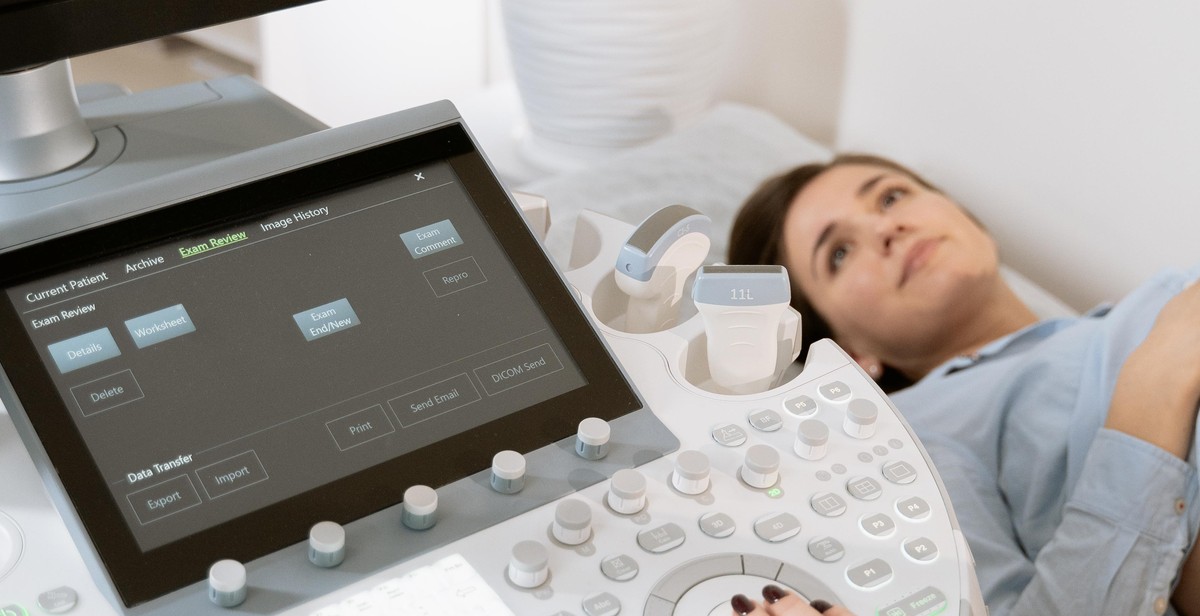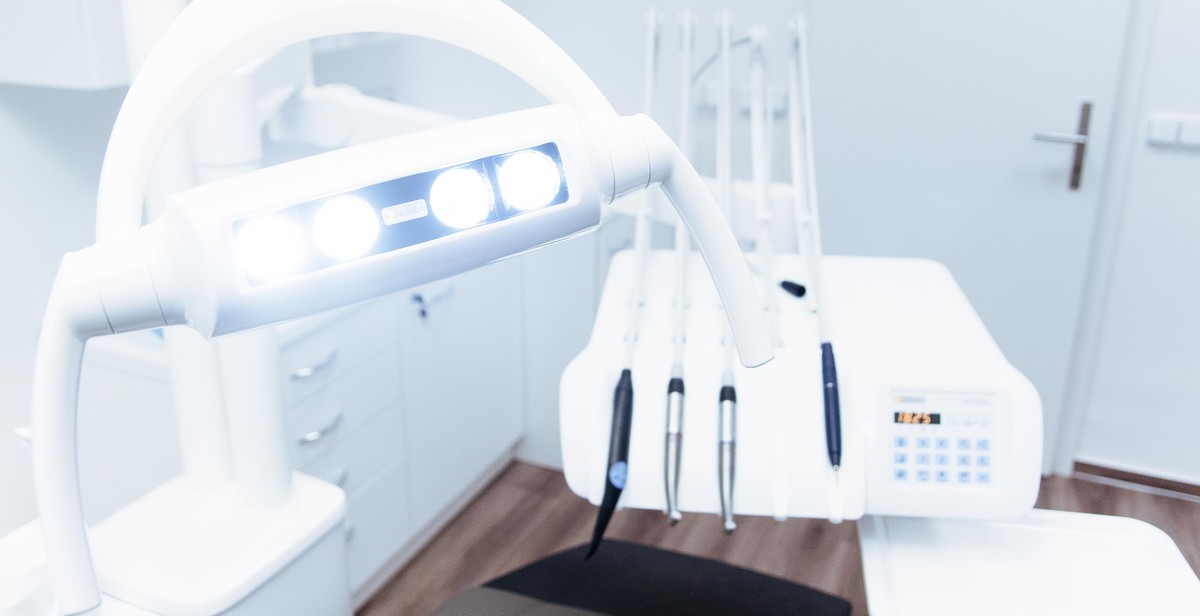Introduction: How to Implement Patient Safety Protocols in a Hospital Setting
Patient safety protocols are a set of guidelines and procedures that aim to prevent medical errors, injuries, and infections among patients in a hospital setting. These protocols are designed to ensure that patients receive the highest quality of care and treatment while minimizing the risk of harm.
Implementing patient safety protocols in a hospital setting is crucial to improving patient outcomes and reducing healthcare costs. The implementation of these protocols involves the collaboration of healthcare providers, administrators, and patients themselves.
What are Patient Safety Protocols?
Patient safety protocols encompass a wide range of measures that aim to improve patient safety, including:
- Hand hygiene protocols to prevent the spread of infections
- Medication safety protocols to prevent medication errors
- Surgical safety checklists to prevent surgical errors
- Fall prevention protocols to prevent patient falls
- Communication protocols to ensure effective communication between healthcare providers and patients
These protocols are evidence-based and have been developed through extensive research and analysis. They are regularly updated to reflect the latest best practices and recommendations.
In the following sections, we will discuss in detail how to implement patient safety protocols in a hospital setting, including the challenges and benefits of doing so.

Importance of Patient Safety Protocols
Implementing patient safety protocols is crucial in any healthcare setting, especially in hospitals. Medical errors are one of the leading causes of death in the United States, and patient safety protocols can significantly reduce the number of errors and improve patient outcomes.
Reducing Medical Errors
The Institute of Medicine (IOM) estimates that medical errors result in between 44,000 and 98,000 deaths each year in the United States. These errors can occur due to a variety of factors, including miscommunication between healthcare providers, inadequate training, and lack of standardization in procedures.
Implementing patient safety protocols can help reduce the number of medical errors by providing a standardized approach to patient care. Protocols can include guidelines for medication administration, hand hygiene, and infection prevention, among others. By following these protocols, healthcare providers can ensure that each patient receives the same level of care, reducing the risk of errors.
Improving Patient Outcomes
Patient safety protocols not only reduce the risk of medical errors but also improve patient outcomes. When patients receive high-quality care, they are more likely to recover quickly and experience fewer complications.
For example, implementing protocols for preventing falls in hospitals can reduce the number of injuries and improve patient outcomes. Similarly, protocols for preventing infections can reduce the risk of hospital-acquired infections, which can be life-threatening for some patients.
Overall, patient safety protocols are essential for improving patient outcomes and reducing the risk of medical errors. By implementing these protocols, hospitals can provide high-quality care to their patients and ensure that each patient receives the same level of care, regardless of their healthcare provider.

Implementing Patient Safety Protocols
Implementing patient safety protocols is an essential aspect of healthcare service delivery. Hospitals and healthcare facilities must ensure that their patients receive the best possible care, and this can only be achieved by identifying potential risks, developing and implementing protocols, and training staff.
Identifying Potential Risks
The first step in implementing patient safety protocols is to identify potential risks. This involves conducting a risk assessment of the hospital or healthcare facility to determine the potential risks that patients may face. These risks can include medication errors, falls, infections, and other adverse events that can harm patients.
Once the potential risks have been identified, the next step is to prioritize them based on their severity and likelihood of occurrence. This will help healthcare facilities to allocate resources and develop protocols that address the most critical risks first.
Developing and Implementing Protocols
After identifying potential risks, healthcare facilities must develop and implement protocols to mitigate these risks. Protocols are a set of standardized procedures that healthcare workers must follow to ensure patient safety. These procedures should be based on evidence-based practices and guidelines from reputable healthcare organizations.
Protocols should be developed for all areas of the hospital or healthcare facility, including medication management, infection control, patient falls, and other potential risks. These protocols should be regularly reviewed and updated to ensure that they remain relevant and effective.
Training Staff
Training staff is another critical aspect of implementing patient safety protocols. Healthcare workers must be trained on the protocols and procedures that have been developed to ensure that they understand their roles and responsibilities in ensuring patient safety.
Training should be ongoing and should include regular updates on new protocols and procedures. Healthcare facilities should also provide training on communication skills, teamwork, and other essential skills that are necessary for providing safe and effective patient care.
| Steps | Description |
|---|---|
| Identifying Potential Risks | Conducting a risk assessment to determine potential risks |
| Developing and Implementing Protocols | Developing standardized procedures to mitigate risks |
| Training Staff | Providing ongoing training on protocols and essential skills |
Implementing patient safety protocols is critical for providing safe and effective healthcare services. By identifying potential risks, developing and implementing protocols, and training staff, healthcare facilities can ensure that their patients receive the best possible care.

Monitoring and Evaluation
Implementing patient safety protocols in a hospital setting requires regular monitoring and evaluation to ensure that the protocols are effective and being followed. There are several ways to monitor and evaluate patient safety protocols, including regular audits and feedback from staff and patients.
Regular Audits
Regular audits are an important part of monitoring patient safety protocols in a hospital setting. These audits should be conducted on a regular basis to ensure that all staff members are following the established protocols and that any issues or concerns are addressed promptly. Audits can also help identify areas where additional training or support may be needed.
During audits, it is important to review documentation, observe staff members performing tasks, and gather feedback from patients and families. This information can be used to identify areas for improvement and to develop strategies for addressing any issues that arise.
Feedback from Staff and Patients
Feedback from staff and patients is another important tool for monitoring and evaluating patient safety protocols. Staff members who work directly with patients can provide valuable insights into the effectiveness of protocols and any challenges that may arise during implementation.
Patients and families can also provide valuable feedback on their experiences with patient safety protocols. This feedback can be gathered through surveys, focus groups, or individual interviews. This information can be used to identify areas for improvement and to develop strategies for addressing any issues that arise.
Summary
Regular monitoring and evaluation are critical components of implementing patient safety protocols in a hospital setting. Regular audits and feedback from staff and patients can help identify areas for improvement and ensure that protocols are effective and being followed.

Conclusion
Implementing patient safety protocols in a hospital setting is crucial for ensuring high-quality healthcare delivery and reducing the risk of medical errors. Hospitals need to adopt a comprehensive approach to patient safety that involves all staff members, from physicians and nurses to administrators and support staff.
Key Takeaways
- Effective communication is essential for patient safety, and hospitals should establish clear lines of communication between all staff members.
- Training and education programs can help healthcare professionals stay up-to-date on the latest patient safety protocols and best practices.
- Hospitals should also prioritize the use of technology and data analytics to identify potential patient safety risks and monitor patient outcomes.
- Finally, creating a culture of safety that encourages reporting and learning from mistakes can help hospitals continuously improve their patient safety protocols.
Challenges and Opportunities
Implementing patient safety protocols in a hospital setting is not without its challenges. Hospitals may face resistance from staff members who are hesitant to change their practices, and there may be financial and logistical barriers to implementing new technologies and training programs.
However, the benefits of prioritizing patient safety are clear. Hospitals that prioritize patient safety can improve patient outcomes, reduce the risk of medical errors, and enhance their reputation as a provider of high-quality healthcare.
Looking Ahead
The healthcare industry is constantly evolving, and hospitals must stay up-to-date on the latest patient safety protocols and best practices. By prioritizing patient safety, hospitals can create a culture of excellence that benefits patients, staff members, and the broader healthcare community.
| Author: | John Smith |
| Date: | June 1, 2021 |
